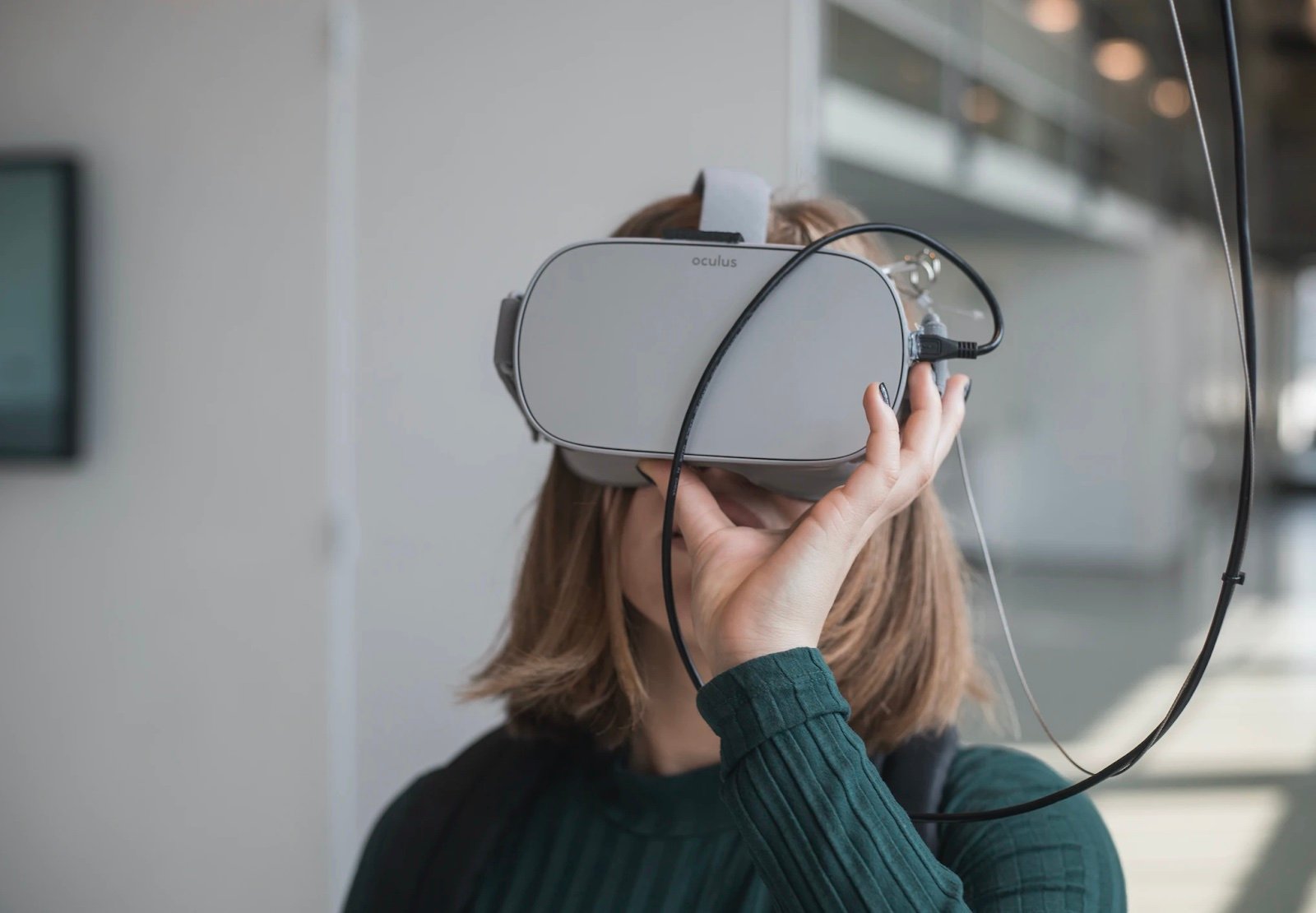
There is great promise for a paradigm shift in the execution of notarial acts with the incorporation of VR and AR technology into remote notarization procedures. Users are able to feel more present and trusting in a virtual notary office because of virtual reality technology. In contrast, augmented reality improves real-time document interaction, making for a more engaging and educational experience overall. Through the use of cutting-edge encryption and biometric verification, these technologies aid in the development of safe online environments. The integration of these immersive technologies into online notary service in Georgia is a forward-thinking strategy, where the merging of modern and ancient methods leads to a notarial process that is more interactive, safe, and productive.
Provide an immersive Virtual Reality (VR) experience for users
By simulating a real-life setting, virtual reality (VR) has the potential to completely alter the way signatories and notaries engage in remote notarization. Virtual reality might allow signatories to experience what it’s like to be physically present in a notary public office. VR goggles and spatial tracking technology would let users explore digital environments, elevating the notarization experience to a more immersive and participatory level. You may also use virtual reality to mimic the ceremonial parts of traditional notarizations, such as physically exchanging identity papers and witnessing the signing of documents. Notarial acts rely on a feeling of trust and authenticity, which this immersive method has the ability to cultivate by reducing the psychological distance that comes with distant encounters.
Using Augmented Reality (AR) to interact with documents in real-time
By superimposing AR technology on top of the actual environment, remote notarizations may benefit from real-time improvements to document interaction. Signatories might access digital versions of papers with interactive features using augmented reality-enabled devices such as smartphones or smart glasses.
Through the use of step-by-step instructions, signature-required highlighters, and contextual information regarding legal issues, augmented reality might enable a dynamic notarization procedure. To make the change from the actual to the virtual world as smooth as possible, the notary might use augmented reality capabilities to superimpose digital stamps and certificates onto the virtual document. The use of augmented reality technology allows for real-time engagement, which improves user comprehension and helps ensure the safe and transparent execution of notarial actions.
Securing Virtual Space transactions
Virtual reality and augmented reality provide cutting-edge answers to the security concerns surrounding remote notarizations:
- By using state-of-the-art encryption techniques, virtual reality environments allow for the establishment of secure channels for communication and document delivery.
- Using biometric authentication with virtual reality or augmented reality devices provides an additional safeguard to the notarization process, making sure that only authorized personnel may take part.
- Secure virtual environments also make it harder for other parties to eavesdrop or gain illegal access to notarial actions.
The digital notary service may reassure both users and notaries that remote notarizations in virtual worlds are both immersive and highly safe by using these technologies
Interesting Related Article: “Here’s How Virtual Reality Is Revolutionizing The Education Sector“

